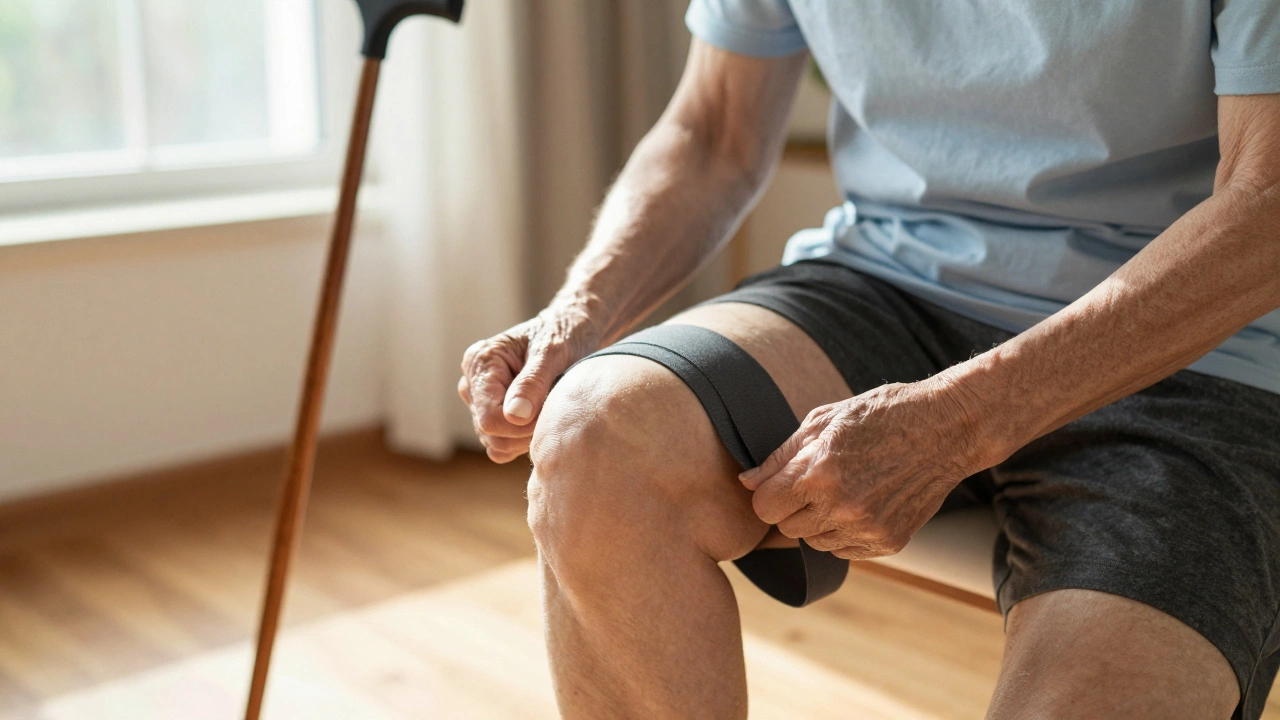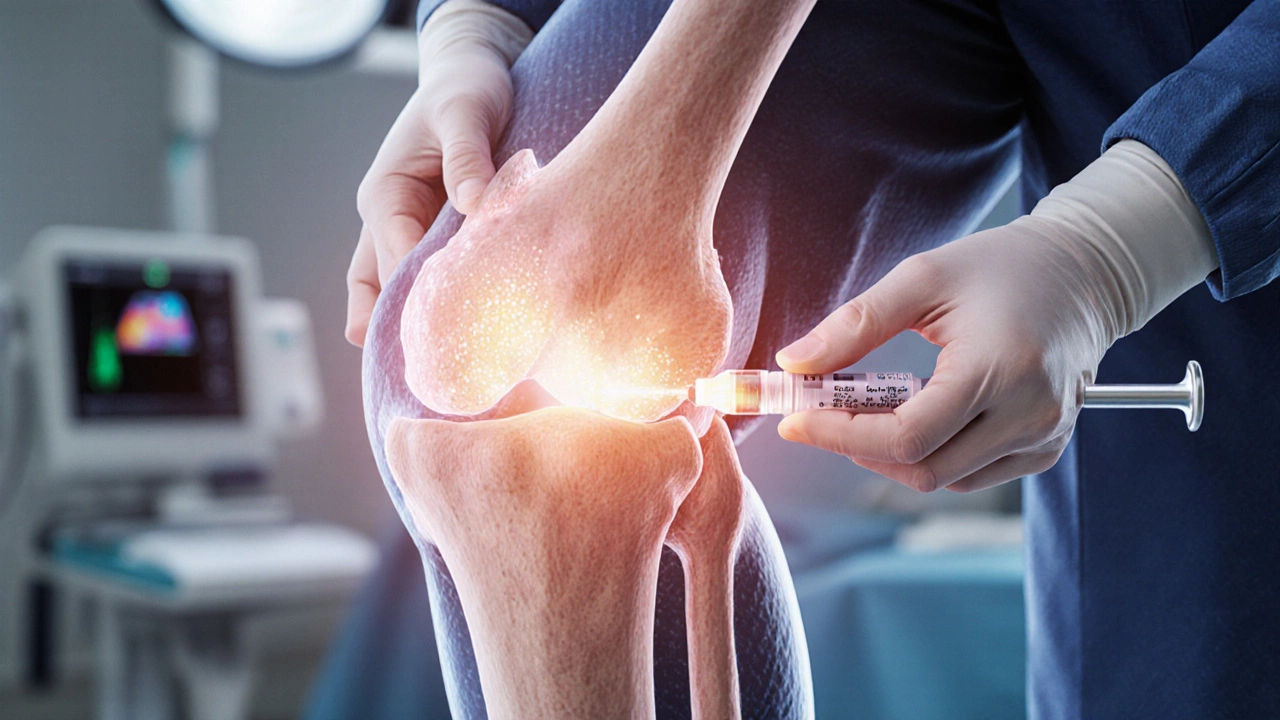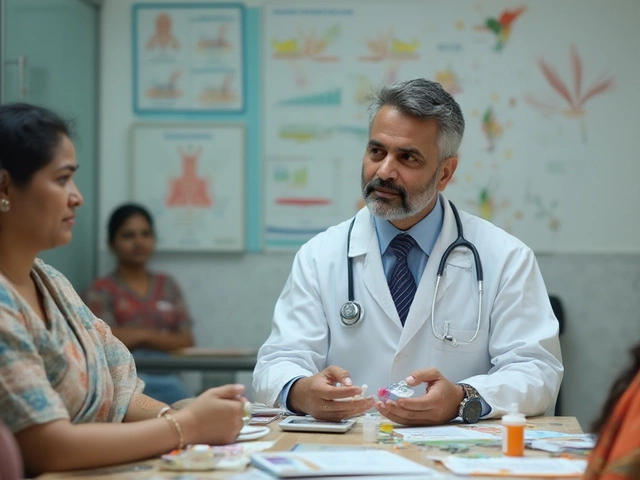Orthopedics: Your Quick Guide to Bones, Joints, and Recovery
If you’ve ever felt a sharp knee pain or wondered why a broken arm takes weeks to heal, you’ve stepped into the world of orthopedics. This page gives you straight‑forward answers about what orthopedics covers, which procedures are most common in India, and how to make the recovery journey smoother.
What Orthopedic Care Includes
Orthopedic doctors treat anything related to bones, joints, muscles, ligaments, and tendons. The most frequent issues are fractures, arthritis pain, and sports injuries. In India, the top surgeries you’ll hear about are knee replacements, spinal fusions, and arthroscopic procedures for meniscus tears.
When you visit an orthopedic surgeon for the first time, expect a physical exam, X‑ray or MRI, and a discussion about your daily activities. The doctor will map out a treatment plan that might include medication, physical therapy, or surgery. Knowing the cost of a consultation (often between ₹500‑₹1500 in major cities) helps you budget early.
For fracture cases, the goal is to realign the bone and keep it stable while it heals. This may involve casts, splints, or surgical pins. After the bone is set, physiotherapy starts within a few weeks to restore strength and range of motion.
Tips for a Smooth Recovery
Recovery isn’t just about the hospital stay; it’s what you do at home that decides how fast you bounce back. Here are three practical steps:
1. Move early, but safely. Simple ankle pumps or gentle leg lifts keep blood flowing and reduce clot risk. If you’ve had knee replacement, a therapist will show you safe bathroom tricks – like using a raised stool – to avoid strain.
2. Follow the pain plan. Strongest drugs for nerve pain or arthritis, like certain opioids or NSAIDs, work only when taken as prescribed. Ask your doctor about side‑effects and never double‑dose.
3. Watch for red flags. Increasing swelling, fever, or a new clicking sound in a joint could mean infection or implant issues. If any of these appear, call your surgeon right away.
Choosing the right hospital also matters. Look for centers that specialize in orthopedics, have a dedicated rehab unit, and report low infection rates. Reviews from other patients can highlight how well the staff supports post‑op care.
Finally, keep a simple diary of pain levels, medication times, and mobility milestones. This record helps your therapist adjust exercises and lets your surgeon see progress at follow‑up visits.
Orthopedics may sound technical, but the core idea is simple: protect your bones, treat injuries early, and move wisely during recovery. Use this guide as a checklist the next time you face a fracture, surgery, or chronic joint pain, and you’ll feel more confident about the steps ahead.

What Is the #1 Mistake That Makes Bad Knees Worse?
The #1 mistake that makes bad knees worse is avoiding movement. Rest may feel safe, but it weakens muscles, stiffens joints, and speeds up damage. Moving gently every day-even with pain-is the key to lasting knee health, whether you're preparing for or recovering from knee replacement.

How Long Does Stiffness Last After Knee Replacement Surgery?
Most people see major improvement in knee stiffness within 6 to 12 weeks after replacement surgery, but full recovery can take up to a year. Consistent physical therapy and daily movement are key to regaining mobility.

What Is the Newest Alternative to Knee Replacement?
Discover the newest non-surgical alternatives to knee replacement in 2025, including stem cell therapy, PRP, and cartilage repair techniques that help heal instead of replace damaged knees.

What is the Recovery Time for a Full Knee Replacement?
Learn the typical recovery timeline for a full knee replacement, from hospital stay to full functional return, and get practical tips to speed healing.

Bad Candidates for Knee Replacement: Who Should Avoid Surgery?
Learn which medical and lifestyle factors make someone unsuitable for knee replacement, how to assess eligibility, alternatives, and steps to become a better candidate.

What to Expect at Your First Orthopedic Appointment: Exam, Tests, and Treatment Plan
A plain-English walkthrough of your first orthopedic visit: what happens, which tests you may need, costs in India, and how your treatment plan is decided on day one.

Which Surgery Hurts the Most? Ranking the Most Painful Operations Explained
Find out what the most painful surgery is, why it hurts so much, and if there’s a way to prepare for the pain. Here’s what you should really expect from recovery.

Most Effective Painkillers for Arthritis: What Really Works in 2025?
Discover which painkillers work best for arthritis, their pros and cons, new research from 2025, plus practical tips. Learn what to use and what to avoid.

How Many Days of Rest Are Needed After Knee Replacement Surgery? Expert Recovery Timelines & Tips
Find out exactly how many days you’ll need to rest after a knee replacement, what real recovery looks like, and science-backed tips for a faster return to normal life.

Can You Use the Bathroom Alone After Knee Surgery? Recovery Tips & Honest Advice
Worried about using the bathroom alone after knee surgery? Get real tips, what to expect, and ways to stay safe while regaining independence in the bathroom after your operation.

Hardest Orthopedic Surgery to Recover From: Challenges and Facts You Should Know
Explore why spinal fusion is often called the hardest orthopedic surgery to recover from. Learn about its challenges, success rates, pain, and pro recovery tips.

Best Hospital for Orthopedic Surgery: What Really Matters?
Picking the right hospital for orthopedic surgery can shape your recovery and results. This article breaks down what makes a hospital stand out for joint, bone, and muscle procedures. You'll find out about key features to look out for, expert insights, and mistakes to avoid. If you're looking for proven tips and real details, this guide makes the decision a whole lot easier. Don't guess with your health—get the facts before you book that appointment.

Top 3 Survivable Cancers: Understanding and Hope
Mar, 8 2025



